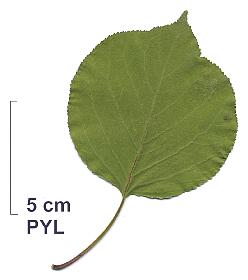Apricot tree, Prunus armeniaca 
They all produce a fleshy drupe (commonly called the fruit) coming from a single carpel, which envelops a stone.
Apricot tree  Etymology: "Apricot tree" comes from the Catalan " abercoc ", derived from an Arab word meaning "precocious" because of the precociousness of its blossoming. The Romans had called it Praecoquum malum, the "precocious apple". Etymology: "Apricot tree" comes from the Catalan " abercoc ", derived from an Arab word meaning "precocious" because of the precociousness of its blossoming. The Romans had called it Praecoquum malum, the "precocious apple".
Origin: China. The Apricot tree was first brought from the East to West by the caravans of the Silk Road (like peach tree). The Romans discover it in Armenia and call it first Armeniacum malum, "Armenia apple". Its culture is mentioned in France at Renaissance period (XVIthe century).
Habitat: the apricot tree needs a healthy and hot earth. It accepts limestone and stony lands but it doesn't appreciate humidity. If culture conditions are not suitable for it, it reacts by producing an abundant gum which makes droop branches little by little.
Hardiness: zone 7 (it supports cold until -18 °). But flowers are destroyed at -2°C. The apricot tree fears spring frosts. It is necessary to plant it sheltered from the cold drafts. There are varieties with later blossoming for the cold regions.
Lifespan: 40-50 years. The apricot tree does not give fruits before 3 or 4 years of culture.
Height: shrub of 6 m tall.
Deciduous leaf, cordate, resembling that of the Lombardy Black Poplar, with a longer petiole (or leafstalk). Precocious, white or pink blossoming, before leaves.
Use: the Apricot tree is a fruit tree producing the apricot in July. The French orchards are in Languedoc-Roussillon and in Provence. It is cultivated by grafting it on Peachs, almond trees or of plum trees to adapt it at best to the climate and soil.
Legends and traditions: the apricot is linked to Venus, goddess of Love. It is a female sexual symbol.
According to a widely spread belief in Spain, the apricot has power to awaken passion and carnal desire. In Andalusia, the women who put leaves and apricot tree flowers under their skirts become overpowering.
Maintenance of the fruit trees: the production of the fruit trees is influenced by age (from 4 to 40 years in general), the meteorological conditions (no spring frost), diseases and a minimum of maintenance. You can act on two last patches:
- as most fruit trees, the apricot tree is threatened by bacteria, insects and of other diseases. To remedy it, see this page.
- for pruning, some advice:
- at the beginning of the spring: cleaning pruning (shortening of branches, abolition of the entangled branches).
- in spring: abolition of fruits in excess, if the fructification is abundant, so that individually they are bigger.
- in summer: reduction of the size of branches having yielded fruits just after the last fruit or even before if fructification is too important.
- in autumn: from the fall of leaves and with frost, pruning (abolition of some branches notably central to clarify or shortening importing other branches) to make younger an old tree with important reduction of the fructification next year but improvement then (possible use of healing the wounds and especially well clean tools).
Maintain the clean soil at the foot of the tree by a light ploughing. Bring a fertilization especially in periphery the aplomb of the leaf crown.
Finally, let us remind that an insulated fruit tree does give fruits (except for the Medlar of Germany): It needs other one of the same species to cross pollens (insects make this task). |